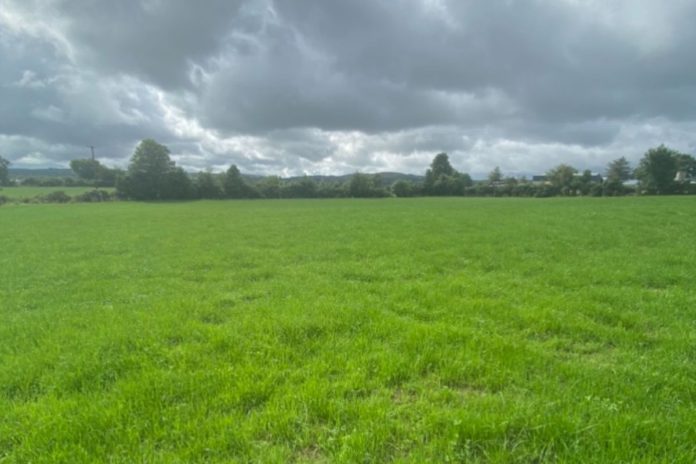In this news article, That’s Farming, takes a look at sowing a multi-species sward (MSS), also known as AP8, in the DAFM’s new Eco-Scheme, which we previewed in this news article.
Sowing a multi-species sward is agricultural practice 8 (AP8), in the DAFM’s new Eco-Scheme, which could carry a payment rate of circa €60-€65/ha, subject to farmer uptake.
According to the Department of Agriculture, Food and the Marine, this measure aims to incentivise farmers to sow multi-species swards, with the potential to provide a more environmentally friendly production system.
If farmers select this AP, they commit to sowing a multi-species sward on at least 7% of eligible hectares within the year that they choose the practice.
For example, a farmer with a 32-hectare holding must sow at least 2.24 hectares in a multi-species sward. If the farmer selects this action in a subsequent year, they must sow a further 7% of their eligible hectares in that year.
What you need to know
Suitable fields include existing intensively managed ryegrass fields that will be reseeded with a multi-species sward.
The DAFM advises that a farmer should not use fields where there is a risk of soil erosion or runoff during establishment or those that have a burden of weeds.
Multi-Species Swards are not permitted in Natura 2000 sites (SACs/SPAs), Nature Reserves, commonage land, forestry, pNHAs, landscapes targeted for breeding waders such as curlew, on semi-natural grassland or within archaeological monument buffer zones.
Farmers who select this AP must establish the crop (a mixed ley of grasses, legumes and herbs containing at least two grasses, two legumes and two herbs) between October 1st, 2022 and July 15th, 2023.
You can find a list of prescribed legume/herd species for MMS in the publication, Terms and Conditions 2023, Basic Income Support for Sustainability (BISS) and other 2023 Area-Based Schemes, which the DAFM has published in recent months.
Requirements
Farmers must keep a 2m field margin/gap (unsprayed/uncultivated zone) between the field boundary (hedge/boundary fence/drain) and the edge of the new reseed.
Moreover, farmers must retain the MSS for at least three years after sowing and must grow to commercial requirements.
Parcels that farmers select for this action cannot be chosen for Eco-Scheme MSS for another three years.
If an MSS fails to establish, a farmer must replant within the year of the commitment.
Also, the farmer must declare the crop as either Grass Year 1 (MSS Eco-Scheme) or Permanent Pasture (MSS Eco-Scheme) on their 2023 BISS application.
The option is not available to those with 90% or more commonage area and/or 90% or more forestry area, the scheme’s terms and conditions outline.
Farmers should note that any MSS supported/funded under any other scheme, including the DAFM’s Multi-Species Sward measure, will not be eligible for this practice.
As is the case with all farm schemes, the DAFM has advised farmers to retain all seed labels, invoices, receipts and statements.





